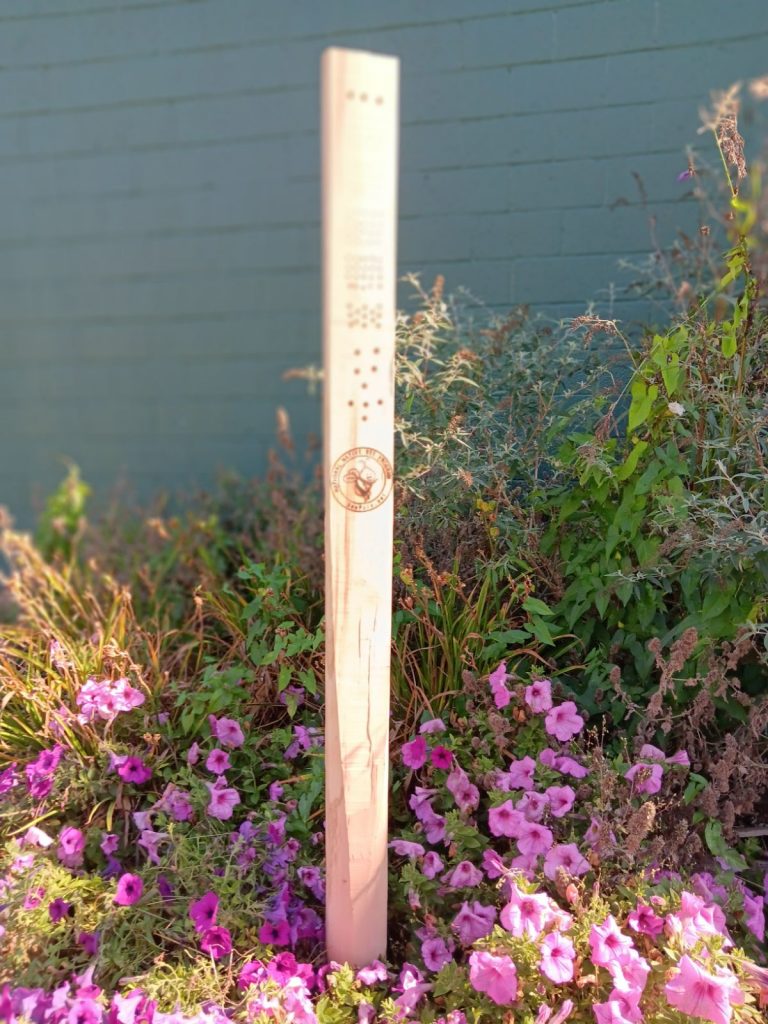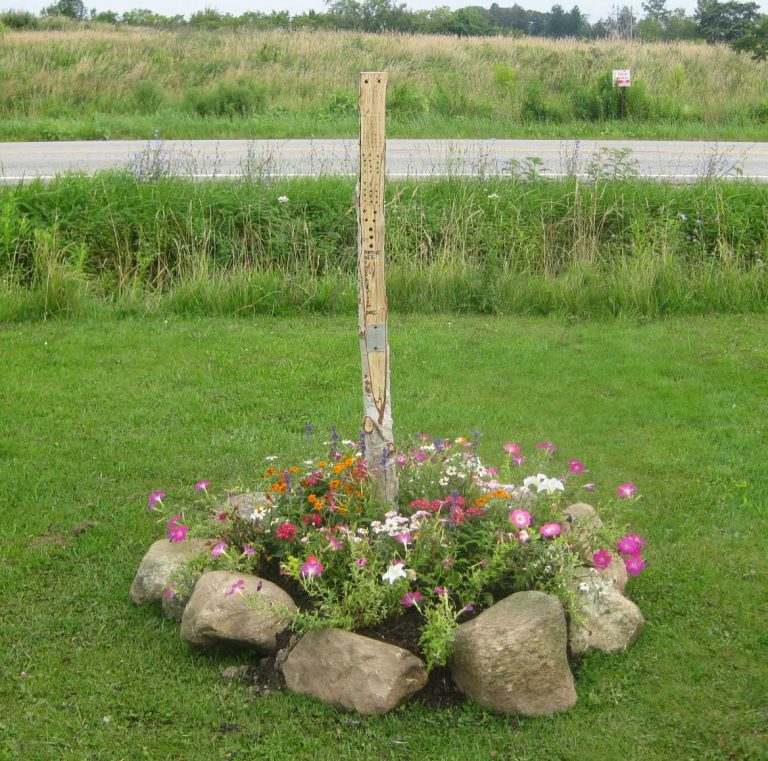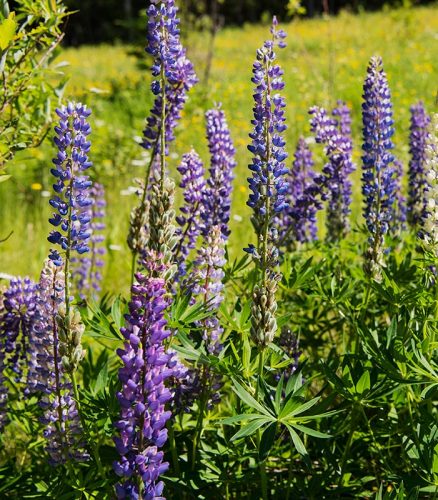Understanding and protecting native pollinators is an important part of ensuring the future of the foods we consume, as these are directly responsible for a third of our diet. Protecting both native pollinators and honey bees ensures that all flowering plants, including trees and shrubs, can continue to produce fruit and seed for future generations.
Various species of bees are responsible for 90% of all pollination of flora. It is a widely publicized fact that the North American “colony or honey” bee population has experienced a dramatic decrease. Crops which rely upon bees for pollination, including most fruits, vegetable, food and textile crops, are in jeopardy of drastically reduced yields.


Some native bees seek habitat in standing deadwood and are actually drawn to deadwood timber by the scent of the CO2 which its decomposing fibers exude. A queen bee will typically lay between 60 and 60,000 eggs during her three year life span. The queen will typically find a hole of suitable depth formed in a standing dead tree which has been pecked by woodpecker or other bird. She lays a single egg in the cavity and covers it over. The bee will hatch, typically in about 20 days.
In addition to being attracted to standing deadwood, native bees are attracted by brightly colored objects, normally in connection with their pursuit of nectar, but the present invention proposes to lure the native bees to the bee propagation pole by decorating the pole with four ribbons, one each of the primary colors, blue, red and yellow and including white.
See Jim at Pollinator Central for Erie area, for all your pollinator needs!
1418 Buffalo Rd. Erie, PA 16503
888-454-1549
www.potratz.com
email: flowers@potratz.com
Flower Shop: 814-454-1549
Greenhouses: 814-453-5501
Interior Plant Division: 814-455-1919
Take the first step in doing your part to help save and protect native pollinators.

